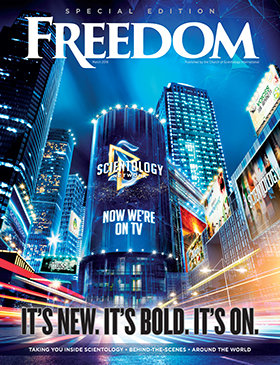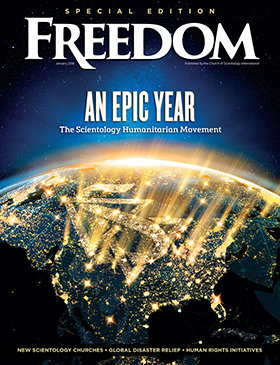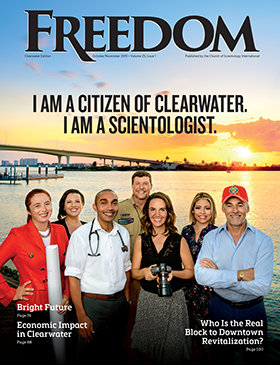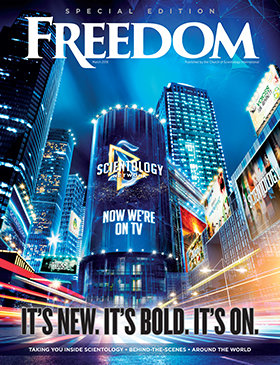

One day in 2015, Augustine Brian was searching online for human rights resources to educate people in his native Papua New Guinea—one of the remotest nations in the world, where rogue policemen once beat him so badly he couldn’t eat solid food for 10 weeks. When he stumbled on a website offering free human rights information kits, Brian, a health education professional, immediately placed an order.
“I thought it was not real,” he later recalled, adding that he hadn’t expected to receive the order, owing as much to his experiences with online marketing gimmicks as to the isolation of his home village in Southern Highlands Province.
Several days later, however, a package from the United States arrived by courier. To Brian’s great surprise, it contained a DVD (a documentary titled The Story of Human Rights) and an educator’s kit—exactly the kind of information he would later use to communicate with more than 60,000 people in his native province, raising their awareness in their struggle against corruption and bureaucratic high-handedness.

Brian subsequently requested and received a large shipment from the same source—Youth for Human Rights International, a program of United for Human Rights, a nongovernmental organization sponsored by the Church of Scientology. In an average year, the two sister organizations respond to requests for human rights material from organizations in more than 100 countries, thereby bolstering the fundamental rights and freedoms of people regardless of nationality, color or creed.
It’s arguably one of the most important missions on the planet—and its engine is the Church of Scientology International Dissemination and Distribution Center. A sprawling 185,000-square-foot facility on the outskirts of Los Angeles, the “Dissem Center,” as it’s popularly known, houses under one roof not just state-of-the-art digital printing and manufacturing equipment but also the mailing, shipping, warehousing and administrative resources necessary to respond instantly to on-demand requests such as the one from Papua New Guinea 7,000 miles away.
The Church established the Center in 2010 to fulfill a primary mission: supply the materials of all Church-sponsored humanitarian programs, as a public service, to those who are dealing with the most pressing problems of society. These materials include an array of educational booklets, brochures, manuals, DVDs, posters, banners and fliers, not to mention T-shirts and hats. Fulfilling the mission also includes the necessity of producing materials at a fraction of the cost it would take at outside vendors.













































